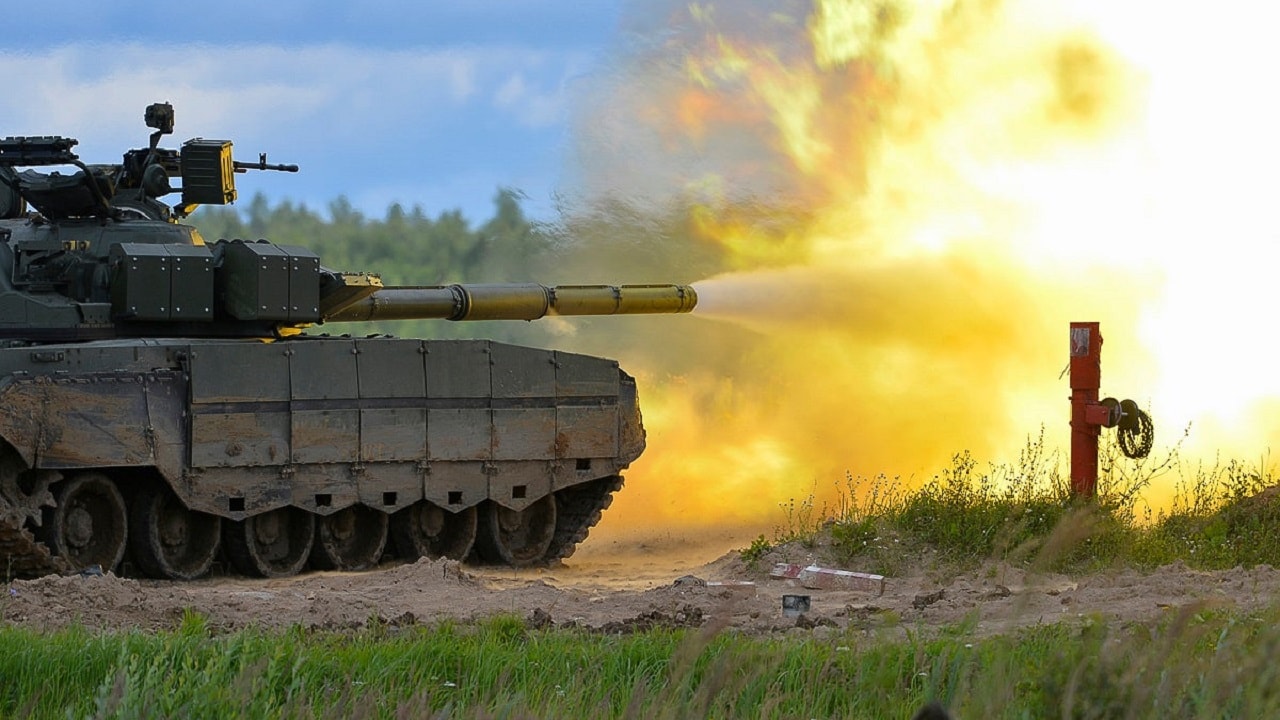The Russian T-80 is truly a tank designed for the final years of the Cold War. While indeed not an abject failure as a tank or as a project, the T-80 is overshadowed by other Russian tanks of a similar vintage since it does not remarkably excel in any particular characteristic. As a result, most models of the T-80 currently held by Russia are in reserve, many of which await modernization.
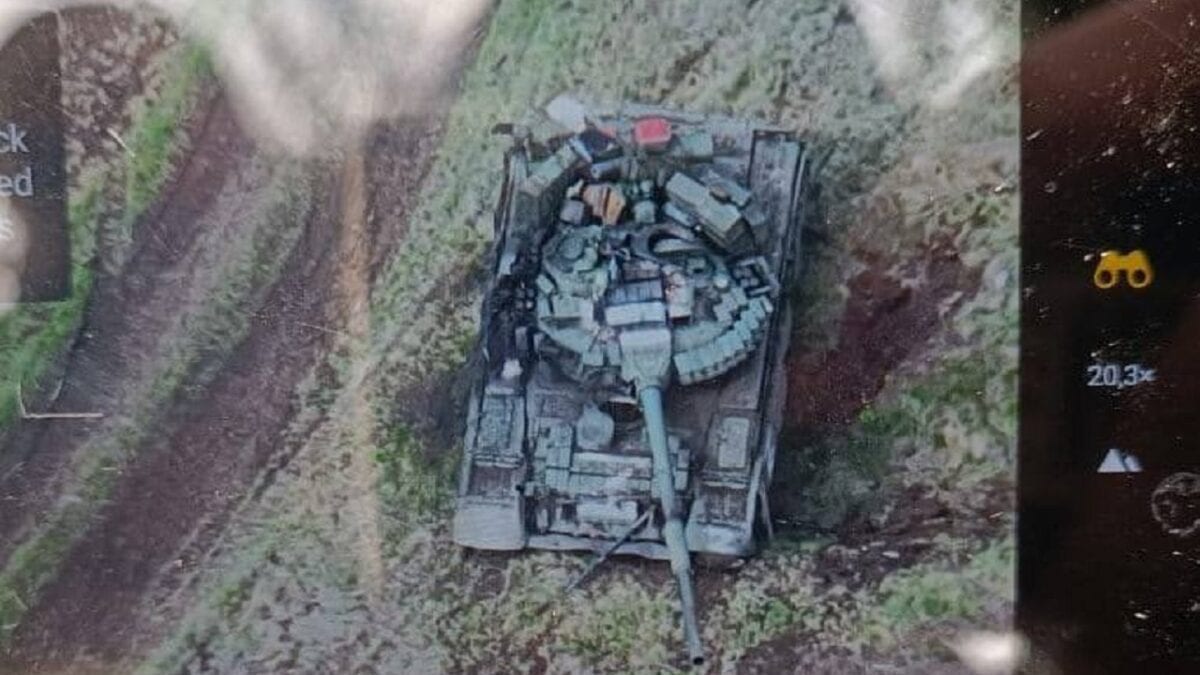
Ukraine’s 93rd Mechanized Brigade reportedly targeted a column from Russia’s 64th Motorized Rifle Brigade, including multiple T-80BV tanks, a BTR-82A, and trucks, with artillery fire in Kharkiv Oblast. Image: Screengrab VIA Twitter.
T-80: The Basic Concept
With a crew of three, the T-80’s basic configuration is similar to most Russian tanks designed before the collapse of the Soviet Union such as the T-72 and T-90.
The T-80’s primary weapon is a 125MM 2A46M-1 automatic smoothbore gun, which is complemented by a 9M119 Refleks anti-tank guided missile system in newer versions of the tank such as the T-80U, or a 9K112 Kobra anti-tank system in the earlier T-80B.
Explosive reactive armor has been a feature of the T-80 since very early versions of the tank, with the Relikt explosive reactive armor system included in the tank’s most modern upgrade, the T-80BVM.
While the T-80’s gas turbine engine is unique among other Russian main battle tanks and provides the T-80 with significant horsepower and distinctively strong cold-weather performance, gas turbine engines are ultimately a drag on the tank based on the cost of their procurement and upkeep, as well as the engine’s high gas consumption.
T-80: History
The first T-80s entered service in 1976, after years of development on a tank project which the Soviets hoped would be able to improve on some of the mechanical deficiencies of the T-64, its spiritual and technical predecessor. I
t wasn’t until the introduction of the T-80B, which was the first to integrate anti-tank missiles in its design, that a variant of the T-80 came to be mass-produced.
Following the collapse of the Soviet Union and the disappearance of much of the Soviet state’s R&D resources, Russia did not serially produce any upgraded variants of the T-80 in significant numbers for some time. Despite the development of several upgraded variants of the T-80U tank line, it wasn’t until 2017 that Russian defense authorities revealed the existence of the T-80BVM, a model to which many Russian T-80BVs have been upgraded to.
The T-80BVM features improvements to the tank’s chassis and the inclusion of the new Sosna-U thermal sight, in addition to previously mentioned upgrade to the tank’s explosive reactive armor.
T-80 Goes to War
While not as numerous as its fellow Russian cousin the T-72, the T-80 nonetheless remains in active service with the Russian Ground Forces. 400-500 T-80Us, T-80BVs, and T-80BVMs are likely in service with the Russian armed forces today, with an additional several thousand likely in reserve.
Upgraded Russian T-80s have not performed up to expectations in Russia’s 2022 invasion of Ukraine, as many models appear to have been destroyed, abandoned, or captured by Ukrainian troops.
The T-80 first cut its teeth in Chechnya, but the main battle tank performed unsatisfactorily in urban actions such as the Battle of Grozny, which main battle tanks such as the T-80 were (and remain) unsuited for.
Since Kharkiv was an important element of the former Soviet Union’s production of T-80s, Ukraine was able to domestically develop its own variant of the tank, known as the T-84. However, funding challenges have constrained Ukrainian production of the T-84, which features marked improvements over its parent T-80UD variant in several areas.
Some other countries which have made use of Russia’s T-80 include Belarus, China, Cyprus, Kazakhstan, South Korea, Syria, and South Korea – who acquired the Russian tanks in a 1990s trade of debt relief to Russia in exchange for the delivery of T-80U tanks to South Korea. To date, North Korea has been unable to acquire a similar delivery of modernized Russian tanks such as T-80, a state of affairs which would have been unthinkable at the height of the Cold War.
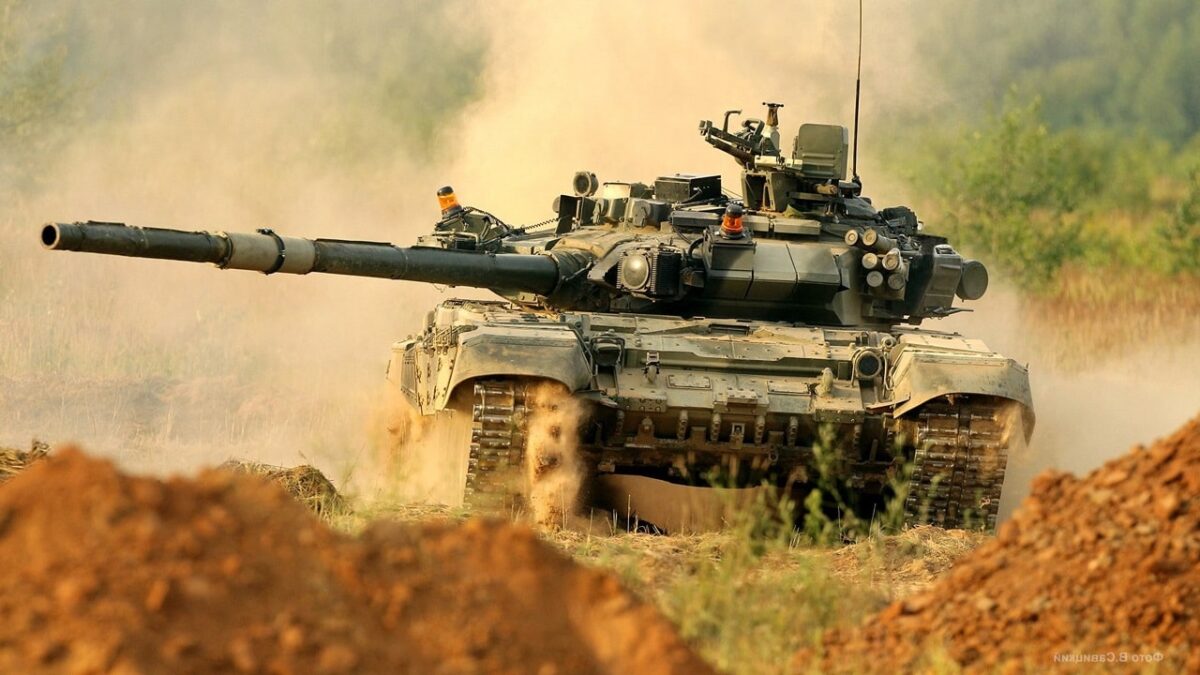
Russian T-80 tank. Image Credit: Creative Commons.
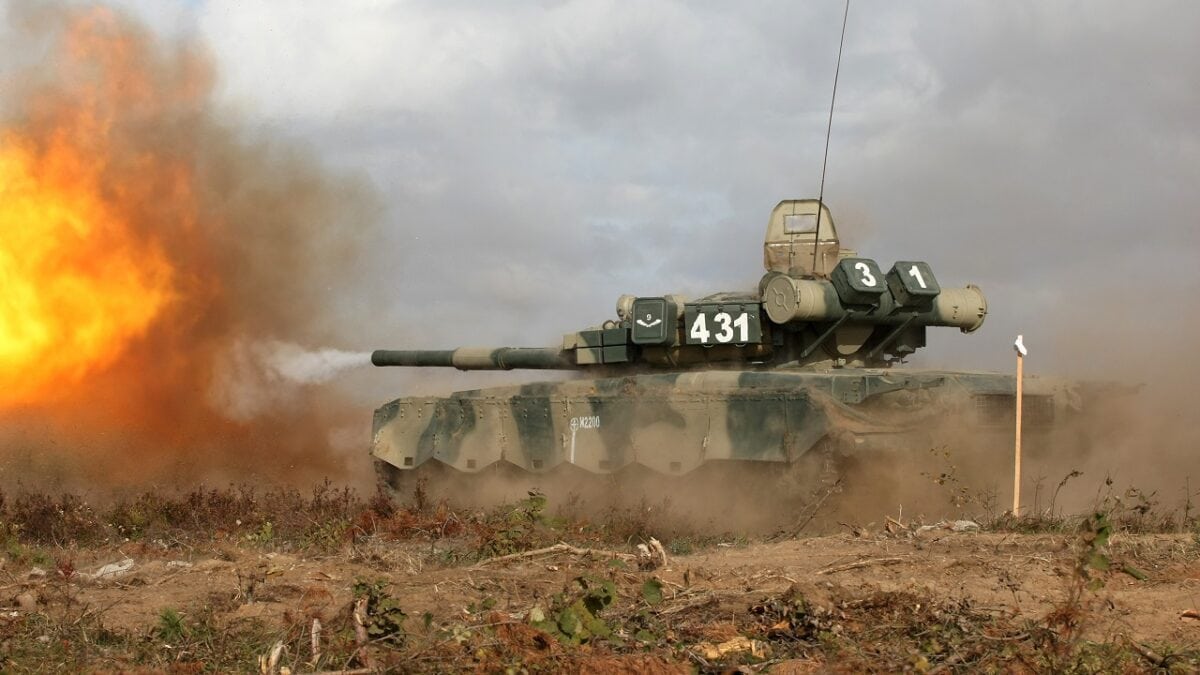
Russian T-80 Tank. Image Credit: Creative Commons.
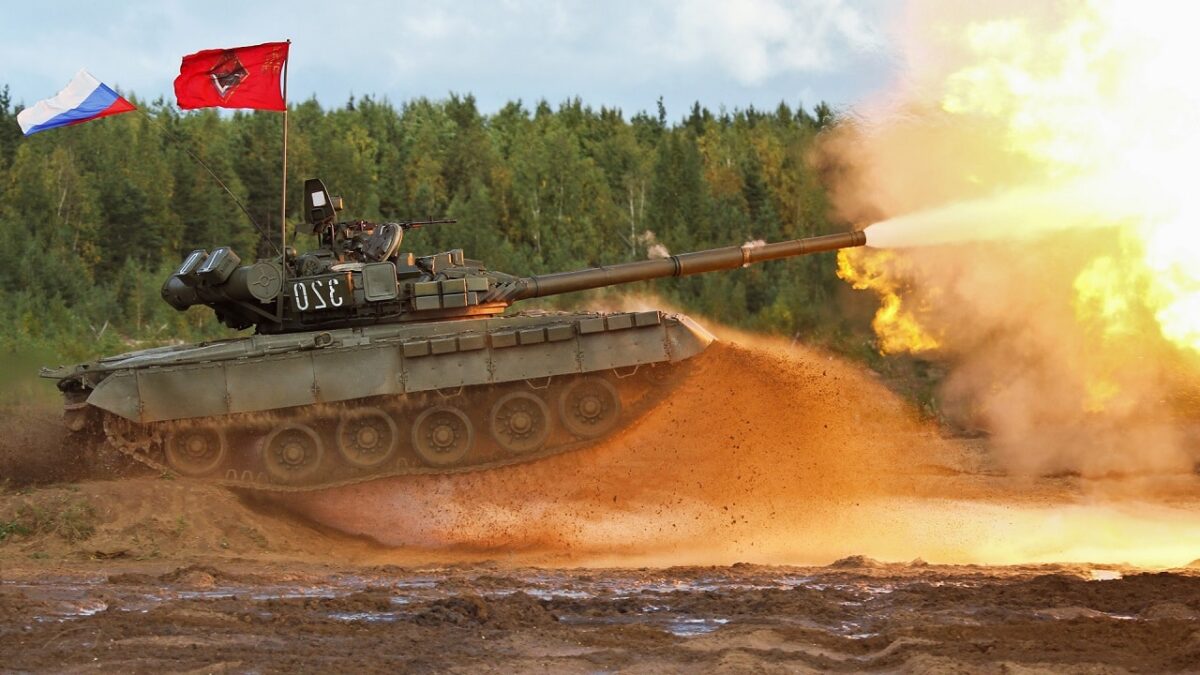
Russian T-80 Tank. Image Credit: Creative Commons.
Despite its age and being overshadowed by other Russian tanks of a comparable era, Russia’s heavy employment of the T-80 in combat in Ukraine indicates that Russian military leaders have no choice but to lean on the tank, despite its technical idiosyncrasies and previous lackluster performances.
As Russia’s invasion of Ukraine drags on and armored losses mount on the Russian side, Russia will increasingly need to dip into its reserves of the T-80 to stay in the fight.
Wesley Culp is a Research Fellow at the Center for the Study of the Presidency and Congress. He regularly writes on Russian and Eurasian leadership and national security topics and has been published in The Hill as well as in the Diplomatic Courier. He can be found on Twitter @WesleyJCulp.

